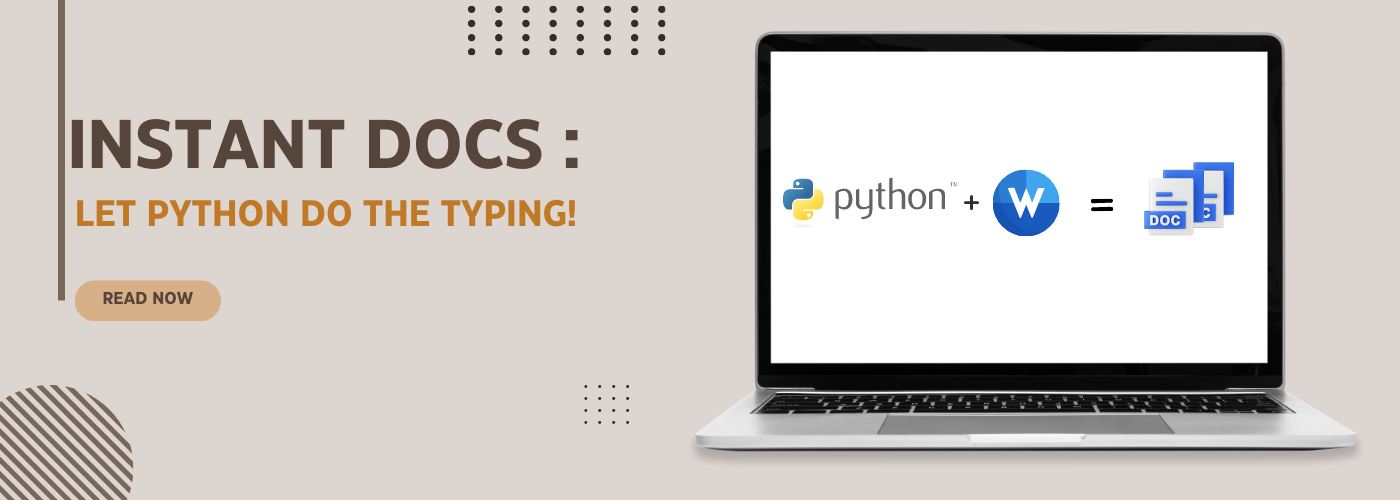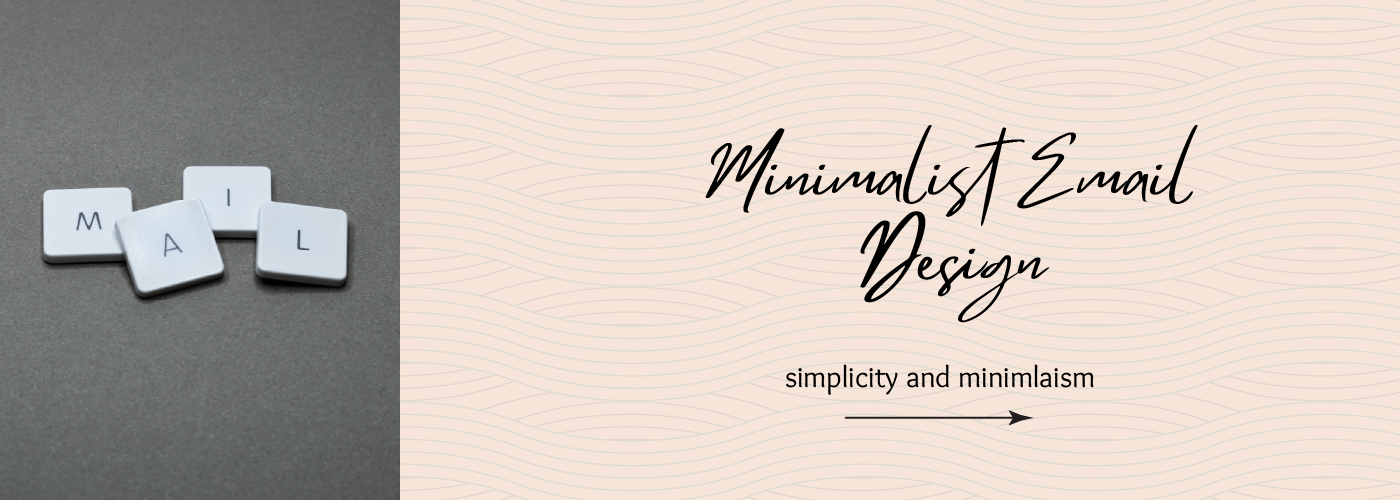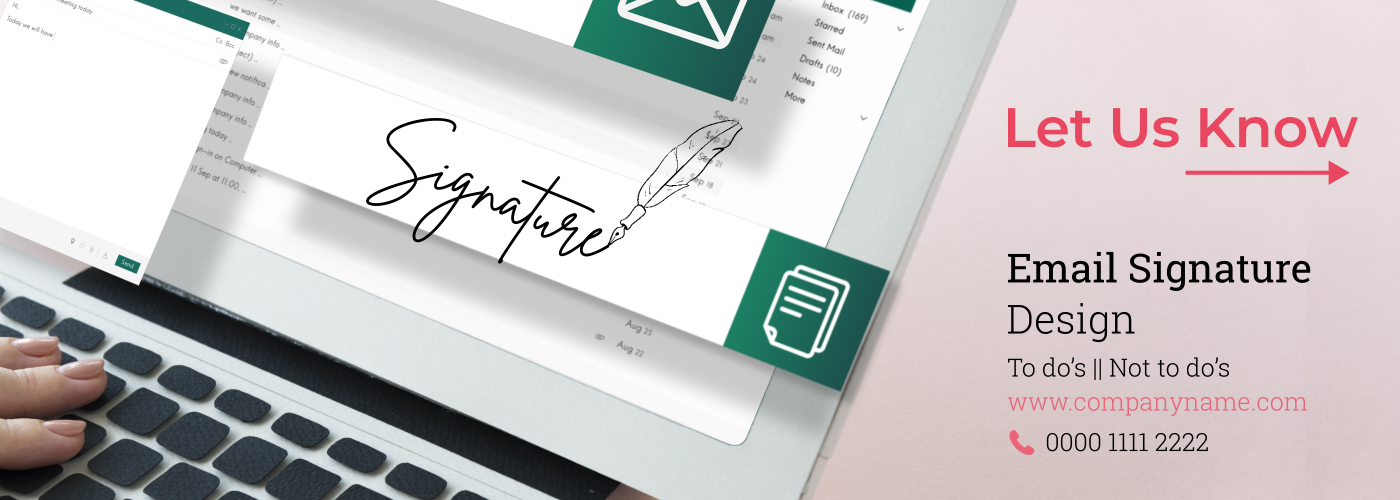Transforming Customer Experience: Leveraging CCM in Customer Relationship Management Communication

What is a CRM Software?
A Customer Relationship Management (CRM) solution is designed specifically to organize leads and manage prospects and clients, generate leads, boost sales, provide analytics, and oversee marketing strategies. CRM systems can help organizations better understand their customers’ needs, preferences, and pain points through AI, ML, and the latest innovations. This leads to more personalized and effective communication. Below is the role CRM primarily plays in any organization:- It helps you build a strong foundation of trust and loyalty through honest, transparent communication.
- It facilitates multichannel communication to meet customers’ expectations.
- It drives CX through personalization, timeliness, consistency, and more.
What is a CCM Software?
Customer Communications Management Software is a suite of tools designed to create, manage, deliver, and optimize communications between organizations and their clients across various channels. Modern CCM entails a range of digital channels, including emails, SMS, phone calls, social media, chatbots, and more. CCM’s personalization, consistency, and convenience make it an extension to existing systems. Below is the role CCM primarily plays in any organization:- CCM systems integrate with CRM solutions so that the data gathered is used to make personalized and relevant communication across multiple channels.
- The platform automates document generation, ensuring efficiency and accuracy.
- It hyper-personalizes at scale to tailor messages that boost engagement and CX, all while ensuring compliance.
The Communication Conundrum

When we talk about customer experience, the first tool people think of is CRM software. But is storing customer data and tracking interactions enough? That is just half the battle; what is the point if you don’t turn that data into meaningful, consistent, and timely communication? It’s no different from sitting on a goldmine without a shovel.
Customer communication management’s role is to bridge the gap between the available data and the message brands want to communicate. This completes the circle of effective customer relationship management communication. As Tony Hsieh, the former CEO of Zappos, famously stated, “Your brand is not what you sell; it’s the experience you deliver.” Customers don’t want to be just another number on the screen. Customers desire personalized, timely, and relevant communication that feels as if it was handcrafted for them.
Traditional approaches of using a CRM software just don’t cut it anymore. A recent report states, ‘Only 20% of consumers will overlook a negative experience at a company where they feel the brand provides ‘very poor’ customer service. Conversely, almost 80% will forgive a bad experience if they consider the service to be ‘very good.’
The Overlap of CRM and CCM – How It Helps and Why It Matters Now
Let’s be real, great communication doesn’t just happen by chance. It takes effort, a careful blend of strategy, technology, and empathy. CRMs are excellent software, but they lack the finesse required for meaningful customer relationship management communication. Moreover, a well-defined customer communication management strategy is essential for any CRM. Managing relationships and data is the extent of CRM’s capabilities; communication is not its forte.
While CCMs are equipped with specialized tools for optimizing communication lifecycles. They perfectly complement CRMs by filling the gaps and addressing challenges that CRMs can’t tackle alone. Think of the CRM as the brain, it has all the data and information. While the CCM acts as the hands that plan and execute the strategies. Together, they tackle communication gaps to make sure everything flows smoothly!
From Data to Execution: How CCM Enhances Customer Relationship Management Communication
So CRMs have all the data. They tell you who your customers are, what they’ve bought, when they last reached, and so much more. The real question is ‘What do you say to them?’
CCM platforms take the raw data from your CRM and transform it into actionable messages: automated emails, mobile push notifications, live chat scripts, even printed documents sent through mail.
Imagine a customer cancels a subscription, and your CRM notifies you of it. Your CCM can instantly send out a personalized message that states, “We’re sorry to see you go. If there’s anything specific that led to your decision, I would love to hear your feedback”. A personalized, empathetic message with a feedback link is not just a smart choice, but also builds relationships. Whatever it was that prompted your customer to leave your organization, at least they know you care. Plus, you can use the data to enhance your services and products as well.
Omnichannel Outreach: Centralized Communication Ecosystem
CRMs contribute to data silos, most times exacerbating the fragmented aspect of the systems. Although they are designed to help manage customer data, without a unified platform, all it does is generate inconsistent communication.
Let me paint a picture for you. Say you received an email from a brand offering you a discount code, only to reach the checkout page that says the discount code is invalid or does not exist. The AI chatbot is completely unaware of it as well. Let’s be real, that’s just bad customer service. If the communication is lacking or irrelevant, it not only frustrates customers but also damages the brand’s reputation.
CCM brings all your customer touchpoints in a unified platform, from email to snail mail, ensuring consistency across all channels. The seamlessness and alignment build trust, and what is trust? It’s the currency of today’s market.
Personalization at Scale: Leveraging CCM Tools in Customer Relationship Management Communication Strategies
Personalization used to mean adding the first name to emails and messages. It’s no longer just personalization–it’s hyper-personalization now. What exactly is hyper-personalization, you ask? It refers to analyzing to create a unique journey for every customer. It doesn’t simply segment customers into broad groups, taking segmentation and personalization to the next level.
CCM, encompassing hyper-personalization capabilities, platforms pull data from CRM systems to craft customer relationship management communication that speaks directly to the customer’s needs, preferences, and history—whether it’s a birthday wish, a payment reminder, or a product update.
Let me give you an example, a push notification from a shopping app that reads, “Hey Jane, we noticed you’ve wishlisted these black boots. Just a heads up, we’ve restocked them!” These kinds of messages make people feel special and hit just the right spot.
Compliance and Trust: CCM Helps You Stay Ahead of Regulations
We live in an era where data privacy takes precedence. Sending a message without permission or edging into non-compliance does more harm than good. CRMs, at the end of the day, primarily manage relationships. Although such solutions have compliance tools embedded in them, they can’t cover everything and may require additional support for complete adherence to all the ever-evolving regulations.
Whether it is GDPR, CCPA, or CAN-SPAM, a CCM system helps you stay on the right side of the law. Ensuring compliance isn’t a good or best practice, but rather the need of the hour.
With the numerous data leaks and the like, customers want their information protected. Respecting their need for confidentiality and privacy builds long-term trust and is good for business.
Feedback Loops: Bridge The Communication Gap With CCM’s Help
Bill Gates once said, “We all need people who will give us feedback. That’s how we improve.” You have hundreds, if not thousands, of people ready to share their experiences with your products, services, and support. And here’s the hard truth: if you don’t ask for feedback, you only hear one side of the story.
Yes, CRMs can send out a feedback link, but CCMs can gather and act on the feedback. CCMs make feedback loops a part of your communication workflow. It handles everything from post-purchase surveys to NPS check-ins after support calls. Feedback loops are a great way of determining customer sentiment.
Ultimately, the feedback you receive needs to be incorporated into your CRM; that’s how you enhance future messages, identify pain points, and hear out your customers.
Ready to transform your customer communication and truly nurture relationships? Perfect Doc Studio is the game-changer you need!
Best Practices for Integrating CCM with CRM: CCM Serves as a Bedrock for Customer Relationship Management Communication
Your CRM will only be as powerful and efficient as its communication capabilities. That’s precisely where a CCM tool shines as the backbone of customer relationship management communication.
Aligning Communication Strategies with CRM Goals: To really get the most out of both the tools, business users need to ensure that their communication strategies align with their CRM objectives. This helps to create a cohesive and seamless approach to customer engagement, improving CX.
Utilizing Technology and Tools: There are numerous tools in the market, but you need to invest in the right tools or software. It has to align with the requirements of the stakeholders and involved personnel to facilitate better collaboration, ensuring efficient and effective communication.
Training and Development: The staff must be trained to use the CCM and CRM effectively. The various skills and knowledge required to leverage CCM in customer relationship management communication efforts, and they need be aware of the tools and strategies to make the most of it.
Measuring Communication Effectiveness in Customer Relationship Management Communication and CCM
A good implementation of CCM and CRM would yield positive results. The improvement would be obvious, but to truly understand how your communication strategies have panned out, you have to measure your metrics. These insights will give you an idea of what needs to be improved, or what requires changes or modifications.
Likewise, your CCM can track everything related to customer relationship management communication, from your open rates to click-through rates to sentiment scores. Not only does it track all this for individual customers, but it also ties it back to their records in your CRM. This gives marketing, sales, and support teams the insights they need to constantly refine and improve communication strategies.
Pro Tip: CCM platforms or even CRM platforms come with real-time dashboards that provide detailed insights. This way, you’re never flying blind!
The Times Ahead
The future of communication lies in the convergence of CRM and CCM. Staying ahead of CCM trends is crucial for businesses looking to grow. There are emerging technologies like AI and ML that are set to transform how we interact with customers.
Imagine software or tools that could:
- Predict customer needs before they arise
- Generate personalized content at scale instantly
- Adapt communication styles in real-time
- Complete regulatory compliance without any manual intervention
Customer communication is your most powerful weapon in the battlefield we call the digital marketplace. To optimally utilize the data, you must have the right tools: CRM and CCM. Remember, there are numeours benefits of customer communication management. It’s not just about sending messages; you’re building relationships, driving loyalty, and creating unforgettable customer experiences.
Ask yourself: How are you communicating with your customers today? Is your strategy helping you build lasting relationships or just checking boxes? Let CCM be the powerful bridge that closes that gap.
Perfect Doc Studio is the future of business communication. Are you ready to embrace it?
FAQ
Customer Communication Management is a strategic approach in which organizations utilize systems to create, deliver, store, and retrieve customer communications. The aim is to enhance customer experience (CX) and improve business outcomes. Companies have recognized the impact that customer experiences have on business, including retention rates, sales, and the overall future of the organization.
Customer Relationship Management (CRM) software is designed to organize leads, manage prospects and clients, generate leads, boost sales, provide analytics, and oversee marketing strategies. It helps organizations understand their customers’ needs, preferences, and pain points, leading to more personalized communication.
While CRM systems manage customer relationships and data, CCM systems focus on optimizing communication. Together, they enhance the customer experience by ensuring that data is transformed into meaningful, timely, and relevant messages.
A customer communication management software’s primary job is to ease and transform customer communications. It can do so by offering personalized, timely, and relevant communications across different channels. The consistency in branding and messaging builds stronger relationships with your clients.
Feedback is essential for improving products and services. While CRMs can send out feedback requests, CCMs can gather and act on this feedback, integrating it into future communication strategies to enhance customer relationships.
Most organizations see payback periods of 1 to 2 years on their CCM investments. Of course, when it comes to larger enterprises, they can expect faster returns due to the scale of the organization as well.
Success can be measured through various metrics, including customer satisfaction scores, response times, resolution rates, and overall engagement levels. Additionally, tracking ROI and analyzing customer feedback can provide valuable insights into the effectiveness of your CCM strategy.
How to Generate Word Documents Using Python: A Step-by-Step Tutorial
Introduction In today’s fast-paced world, there is a growing need to streamline the generation
The Ultimate Guide to Minimalist Email Design: Tips, Tricks, and Best Practices
Regardless of your industry or company size, you must build relationships with your target demograph
Best Email Signature Design Size, Ideas and Examples
Email is the top-notch approach for getting leads for marketing and business growth. Every business




